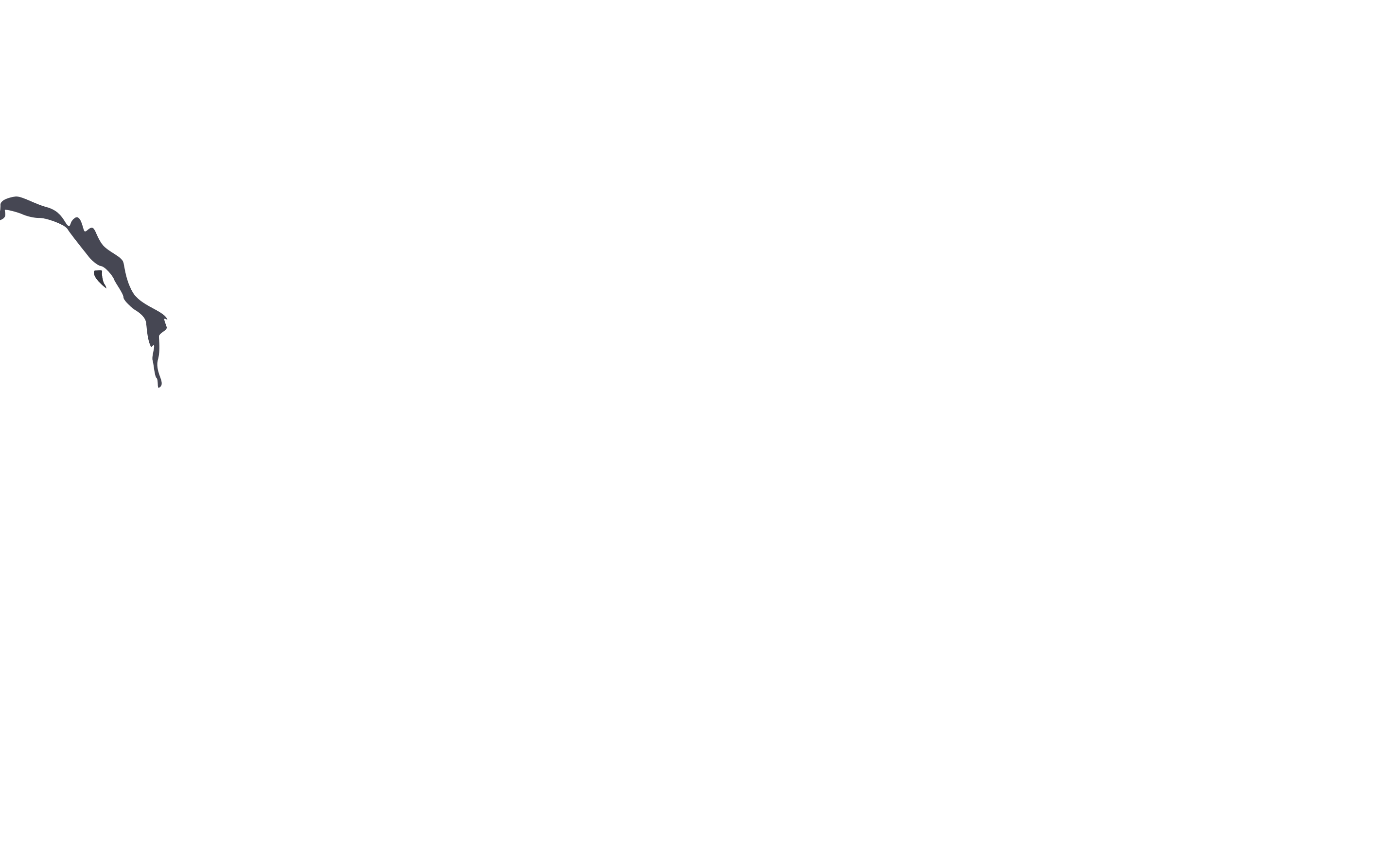
Pacific Northwest
North America
The Pacific Northwest hosts one of the world’s last remaining temperate rainforests, where some ocean-facing valleys exceed the annual rainfall of the Amazon. Hit play on its temperate tracks.
Each time you stream a track on Spotify, you are helping Conservation International protect the world's most climate‑critical lands.
- 1/3
It may be surprising to find a carbon-rich rainforest as far north as Alaska. This unique ecosystem in northwestern North America includes all the characteristics of a rainforest — mist, daily rainfall, hanging vegetation — with temperate plant species. The old-growth forest that once stretched from Oregon to southeast Alaska is now mostly confined to protected areas such as Olympic National Park.
- 2/3
Before colonization, diverse native peoples fished salmon in the streams of what is now British Columbia, Alaska, Washington and Oregon. Today, their descendants continue to share a connection to the land that transcends national boundaries. Since 1989, tribes and First Nations of the Pacific Northwest have convened each summer for multi-day ocean paddles in traditional wooden canoes, an adventure that fosters both reconnection with ancestral practices and cultural exchange.
- 3/3
Over the past few centuries, the temperate rainforests of the Pacific Northwest have been heavily altered by logging, roads and the suppression of natural fires. Today, some of the last remaining areas of ancient trees are being threatened. Tongass National Forest in Alaska, which stores more than 300 million metric tons of irrecoverable carbon, is threatened by logging. The forest has been caught in the political crosshairs as the U.S. government has removed and then reinstated protections.
Just 3.3% of Earth’s land contains half of our irrecoverable carbon ecosystems. We must protect these lands in order to prevent a climate disaster. Please join us in taking a stand for nature and each other.